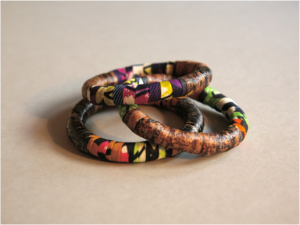As I was making my way on my merry run along a busy road I realized I was inhaling more than the usual mix of air and car exhausted—smoke. My canine sense of smell hasn’t failed me; I was right. Smoke from dozens of wildfires currently spreading throughout central Washington is making its way over to my western Washington hometown and reeking havoc on the air quality. Firefighters are doing what they can to stop the fires from spreading but so far the fires are only 15-20% contained. Many families have been asked to evacuate their homes. The air quality has reached such dangerous levels that it has become a great health concern. Smoke from wildfires contains dangerous substances such as ash and carbon monoxide. The smoke can also irritate the respiratory system and is a big concern for people with preexisting medical conditions such as asthma.
This is not the only instance of wildfires this summer. According to the National Interagency Fire Center, from June through August there have been 22,232 wildfires, burning 7,724,955 acres. This is the most on record in 13 years.
Though we don’t have control over lightning strikes igniting these fires, there are some things you can do to prevent starting man-made wildfires:
- Place, build, and put out your campfire safely. Here are smokey bear’s tips for campfire safety . If you’re going to burn a campfire, never leave it unattended.
- Don’t throw your cigarette butt out the window. Make sure you put it out on something that is nonflammable.
- Make sure your smoke detectors are up and running.
- Surround your home with green vegetation and avoid enclosing your home with a wooden fence.
- Don’t park your car on dry grass.
- Store flammable materials properly.
- Avoid burning a fire in windy conditions.
- Machines can ignite sparks. Check your lawnmower on a regular basis and make sure no metal is dragging from your car.
- The usual home safety protocols: turning off the stove and the oven when done using.
- If you’re going to have a backyard campfire, keep a bucket of water and fire extinguisher at hand.
Following these tips means saving lives, homes, the air we breathe–oh and don’t forget trees:)
Sources:
http://environment.nationalgeographic.com/environment/natural-disasters/wildfire-safety-tips/
http://science.howstuffworks.com/nature/natural-disasters/prevent-man-made-wildfires.htm
http://www.cbsnews.com/2100-500823_162-2132341.html
http://www.ncdc.noaa.gov/sotc/fire/2012/8

















